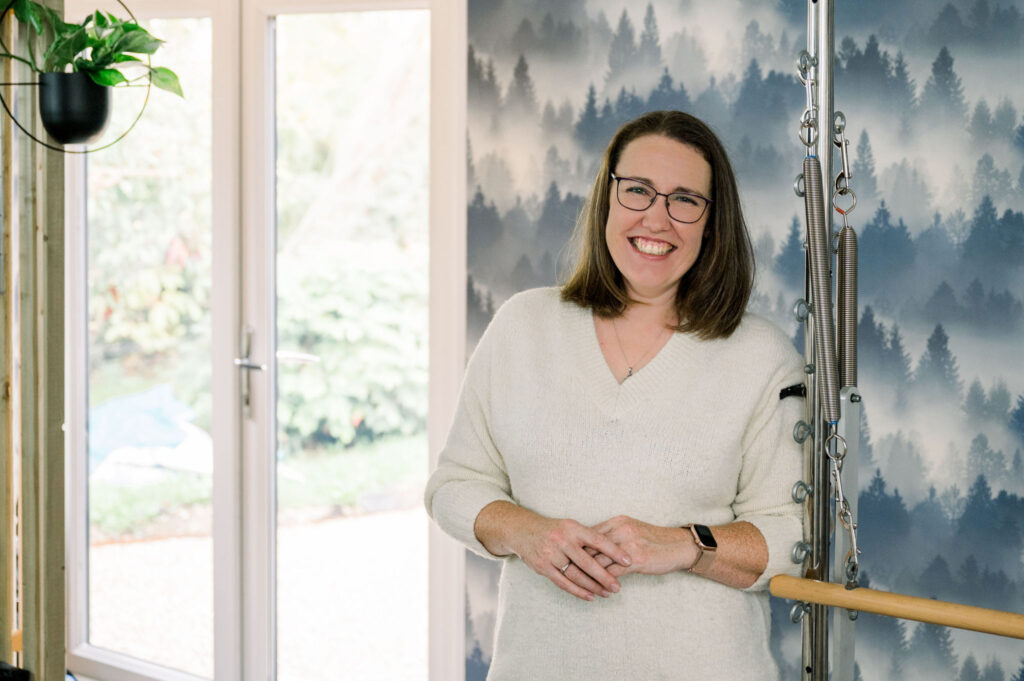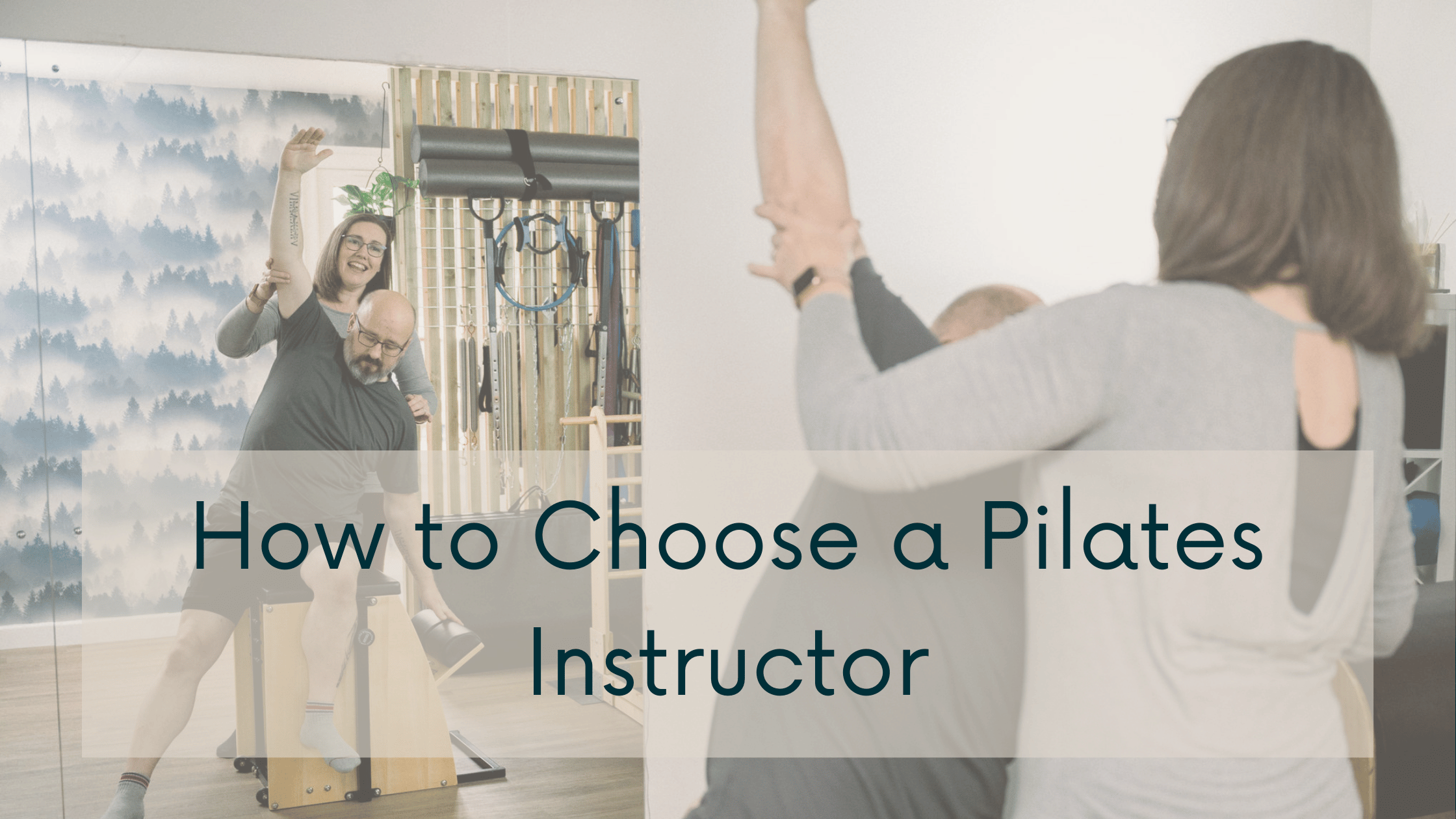Because your body deserves more than guesswork
Let’s be honest: choosing the right Pilates instructor can feel a bit bewildering. You’re looking for someone who understands you, challenges you (in a good way), and makes you feel safe. Someone whose attitude, voice, and values resonate with yours and will make all the exercises and equipment seem less intimidating.
However, here’s something not everyone knows: Pilates is an unregulated industry. That means anyone can call themselves a Pilates instructor, regardless of their training, experience, or understanding of the body.
So how do you find someone you can trust?
If you’re exploring Pilates to support your back, ease stiffness, or simply feel more confident in your body, this guide should help you.
Training Matters—Especially When It Comes to Safety
Not all Pilates training is created equal. Some instructors have completed comprehensive, in-person studio apprenticeships that span years and include anatomy, pathology, supervised teaching, and ongoing mentorship. Others may have taken a weekend course online and jumped straight into teaching.
While there’s room for different paths, in-person, apprenticeship-style training tends to offer a deeper understanding of the body and safer, more adaptable teaching practices—especially when working with clients who may be managing arthritis, osteoporosis, postural changes, or old injuries.
This is important. Pilates isn’t just a handful of mat exercises done on one piece of equipment. It’s a whole system—supported and enhanced by apparatus like the Reformer, Cadillac, Wunda Chair, Barrels and small props. A well-trained teacher knows how to use these tools to support your body, not just challenge it.
The more modular approach, such as learning Mat, then Reformer, then Wunda chair, works well for some instructors as it is more affordable and can be completed in sections as time (and life) allows. However, even within this there are real differences in how this is taught. Some instructors opt for hands-on training where feedback is given in real time, and instructors can see how a trainee instructor works on a range of bodies. There is also the online option, this method has gained popularity as a quicker and cheaper way to get a certification. This approach is causing some concern in the industry, and there have been concerns raised by experienced instructors about diluting the ‘method’, but more importantly, client safety.
If you’re unsure, ask. You’re allowed to inquire about an instructor’s background, experience, and approach. An instructor should feel comfortable answering your questions about their training; you need to trust them. For me, clients asking questions (out of genuine curiosity and with respect) means they want to learn and be engaged with their bodies and the session.
Training Matters – Continuously
In any industry, it can be easy to just rest after your initial qualification and doing the job or running the business can be hard, but continuing to learn is, in my view, a key part of the role of a instructor.
I come from a science and medical background and had the importance of CPD (Continuing Professional Development) drummed into me from the start of my degree. Theories and methodology move on, science and research prove (or disprove) our thoughts and assumptions, other instructors have a way of cueing that might resonate better with particular exercises, and different body types or conditions might need a different exercise breakdown. All this cannot be taught at one time, whether their training was last month or 20 years ago.
As with initial training, continuing education comes in many forms: online, in-person, workshops, short courses, conferences, and training sessions with other instructors. There is no perfect additional training, as instructors, we are free to pick and choose what we like. Personally, I always try to pick courses that will serve my clients best and plug any knowledge gaps I feel I have to best serve my clients at that time but others have specialities and experience in specific areas e.g. pregnancy. Ask around, find out their background and geeky special interests, and choose the instructor who will help your body best.
When choosing a Pilates instructor, it’s always worth asking them what courses they’ve been on recently. Most of the instructors I know love to show you the new skills they’ve learnt. I know my clients ‘love’ the phrase ‘I’ve been on a course’ or ‘I’ve just learnt’.
You Need to Like Them
This might sound obvious, but it’s worth saying: you need to enjoy being in the room with them. Their energy, their voice, their way of cueing—it all matters. I’ve been in classes where I just couldn’t settle. Something about the instructor or the class didn’t work for me, and that’s okay. You’re allowed to be picky.
Look for someone whose teaching style:
- Challenges you without overwhelming you
- Makes you feel seen and heard
- Respects your pace and preferences
- Aligns with how you like to learn—whether that’s gentle encouragement or precise technical feedback
If you’re returning to movement after a long break, or navigating pain or fatigue, you deserve an instructor who meets you where you are—not where social media or a lesson plan says you should be.
Do they stick to a rigid lesson plan or teach the person in front of them? Do they offer modifications or ask how you are in your body on that day?
If something doesn’t feel right in your body do feel like you can ask questions or raise an issue? Can they answer your questions or give alternatives? Or do you feel forced to carry on regardless? However, remember we are not psychic, and in a group class they may not notice if you are struggling.
Time, Money, and Fit
Your Pilates practice should fit into your life—not the other way around. That means:
- Sessions that work with your schedule
- Pricing that feels sustainable
- A format (private, small group, online) that suits your needs
If you’re juggling work, caring responsibilities, or simply want to carve out time for yourself, your Pilates sessions should feel like a sanctuary—not another item on the to-do list.
Social Media Is Not Real Life
Let’s talk about those “Pilates fails” videos. You know the ones—someone faceplants off a reformer or attempts a move that ends in a spectacular tumble. They’re dramatic, they’re viral, and they’re everywhere.
But they don’t represent what Pilates is really about.
Your session, whether group or private, mat, reformer or equipment should be based on what you, the client, or class needs not what will look good on Instagram or get a response on social media.
Trust Is Everything
At the heart of it all is this: you’re trusting someone with your body. Your health, your mobility, your pain history. That trust should never be taken lightly.
A good instructor will:
- Ask questions about your history and goals
- Adapt sessions to how you’re feeling that day
- Never push you through pain or dismiss your concerns
- Celebrate your wins, however small
And most importantly, they’ll help you feel safe. Not just physically, but emotionally too.
Final Thoughts
Choosing a Pilates instructor isn’t just about credentials (though they are important)—it’s about connection. It’s about finding someone who sees you, listens to you, and helps you move in a way that feels safe, empowering, and sustainable. This is what you need to focus on when choosing a Pilates instructor. It can seem like a lot but your body and your health is worth it.
Whether you’re recovering from injury, navigating chronic pain, or simply wanting to feel stronger and more at home in your body, the right instructor can make all the difference.
And when you find them? You’ll know. Your body will tell you.

Intrigued? Get In Touch to try a Private Pilates session

